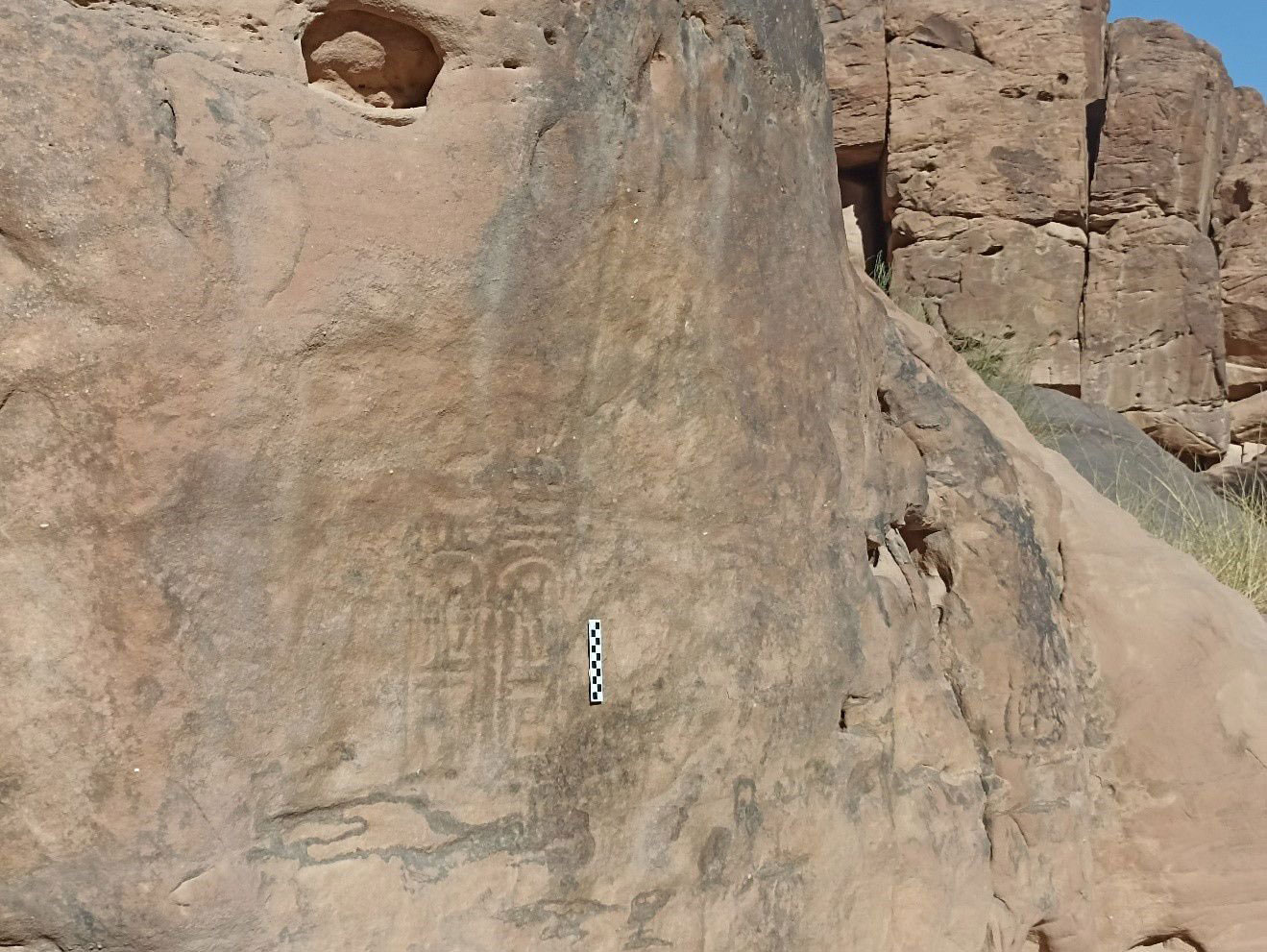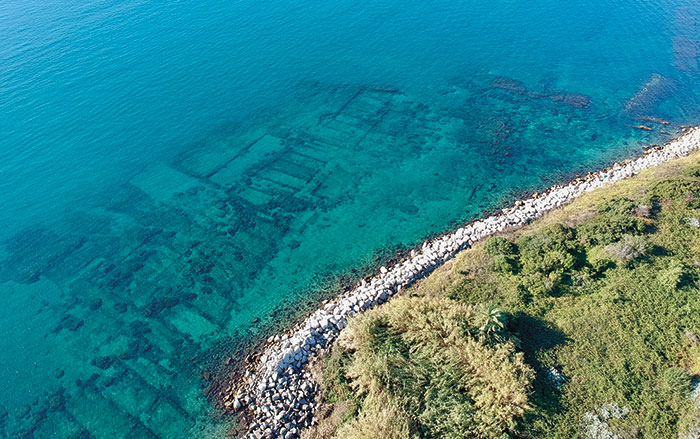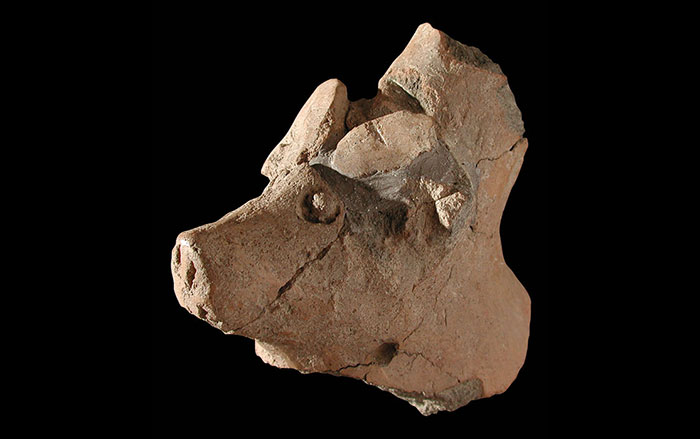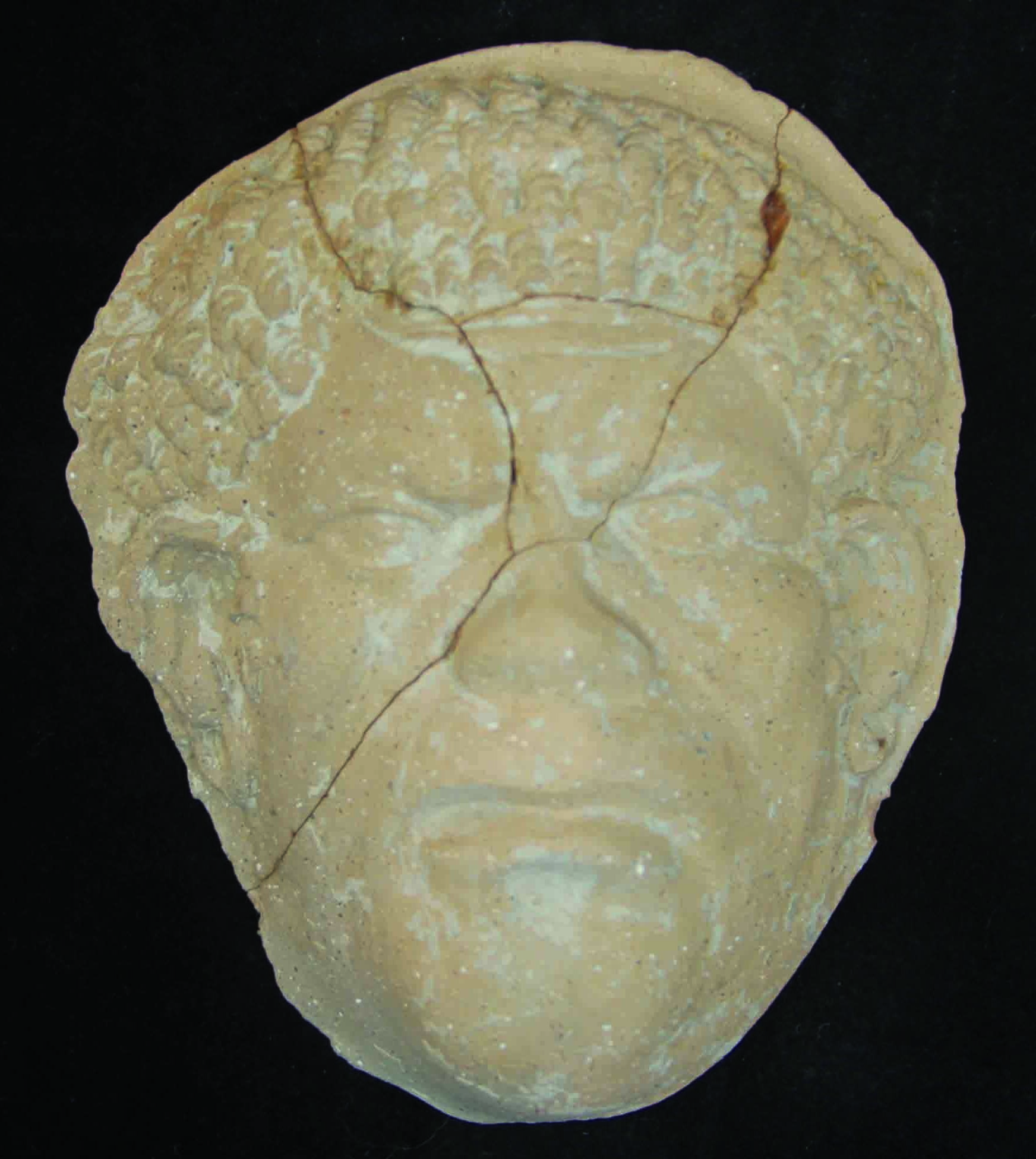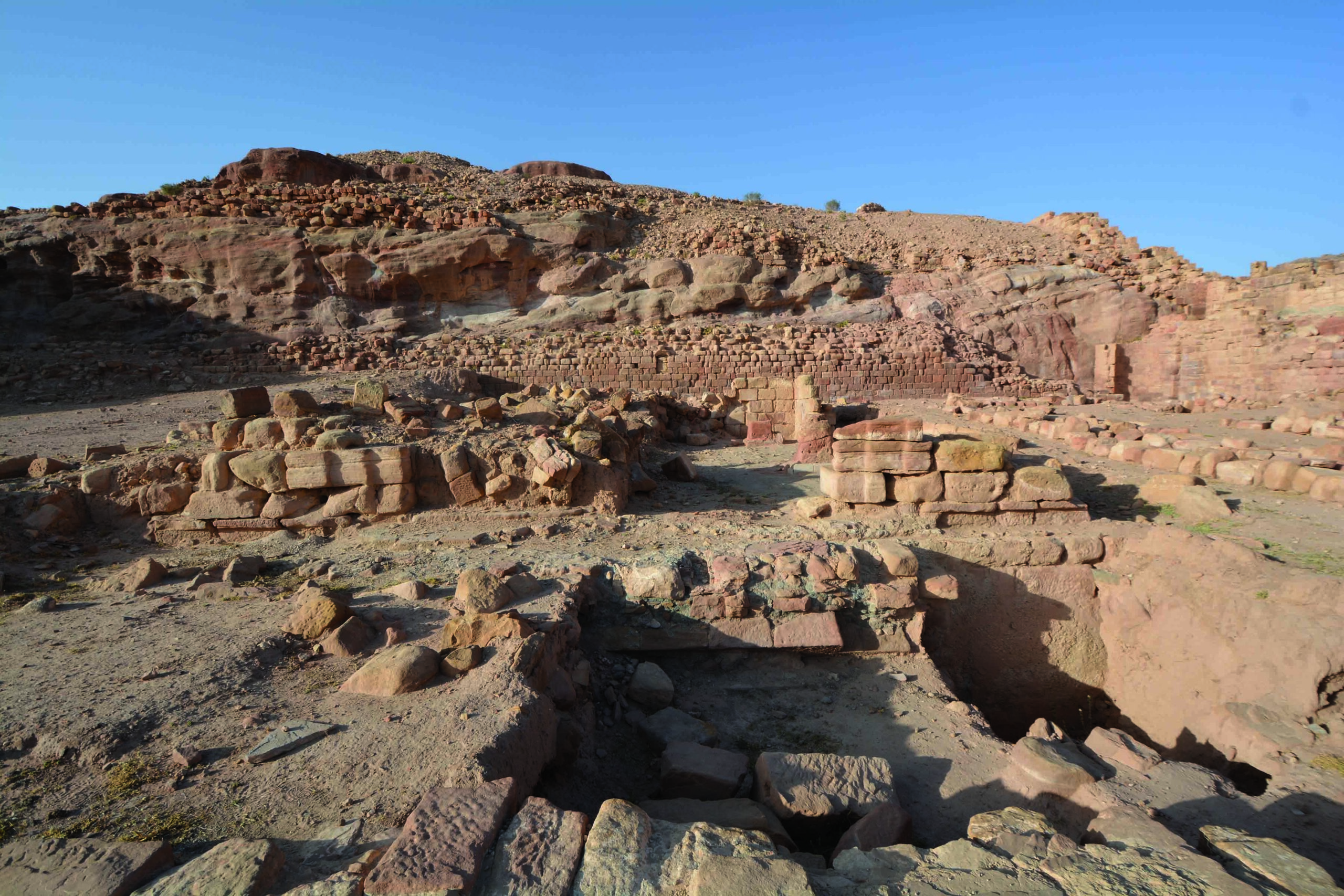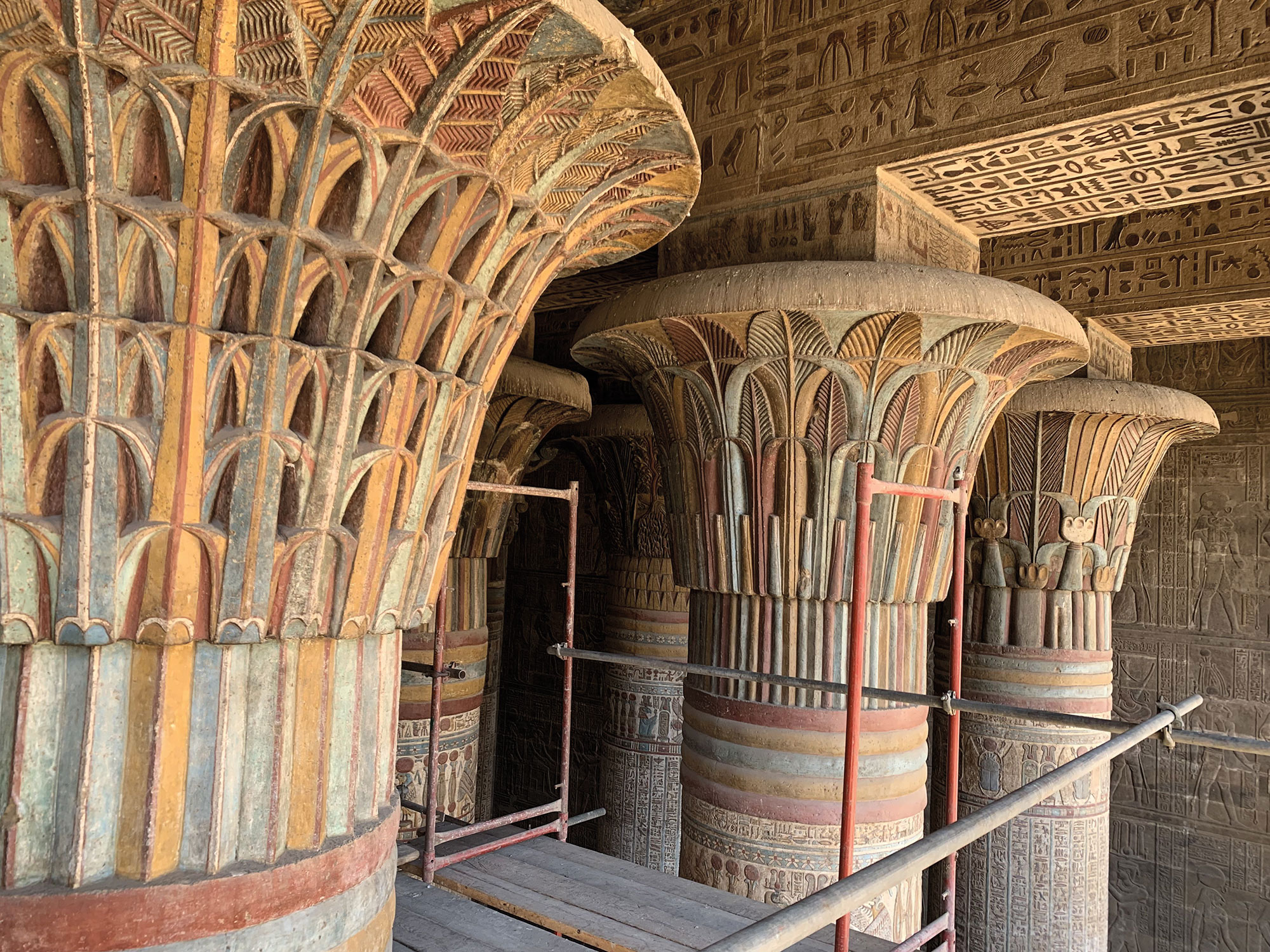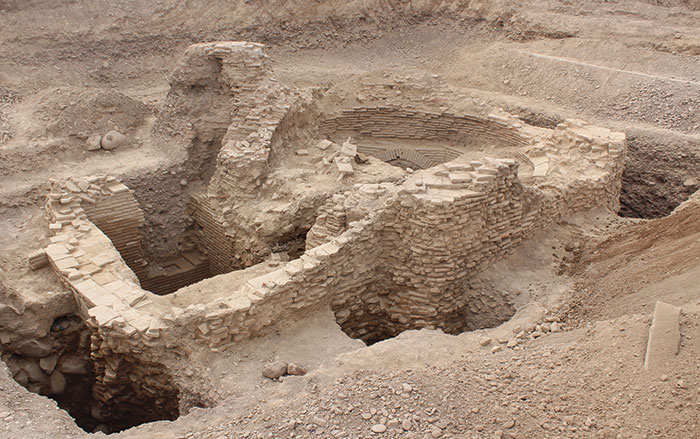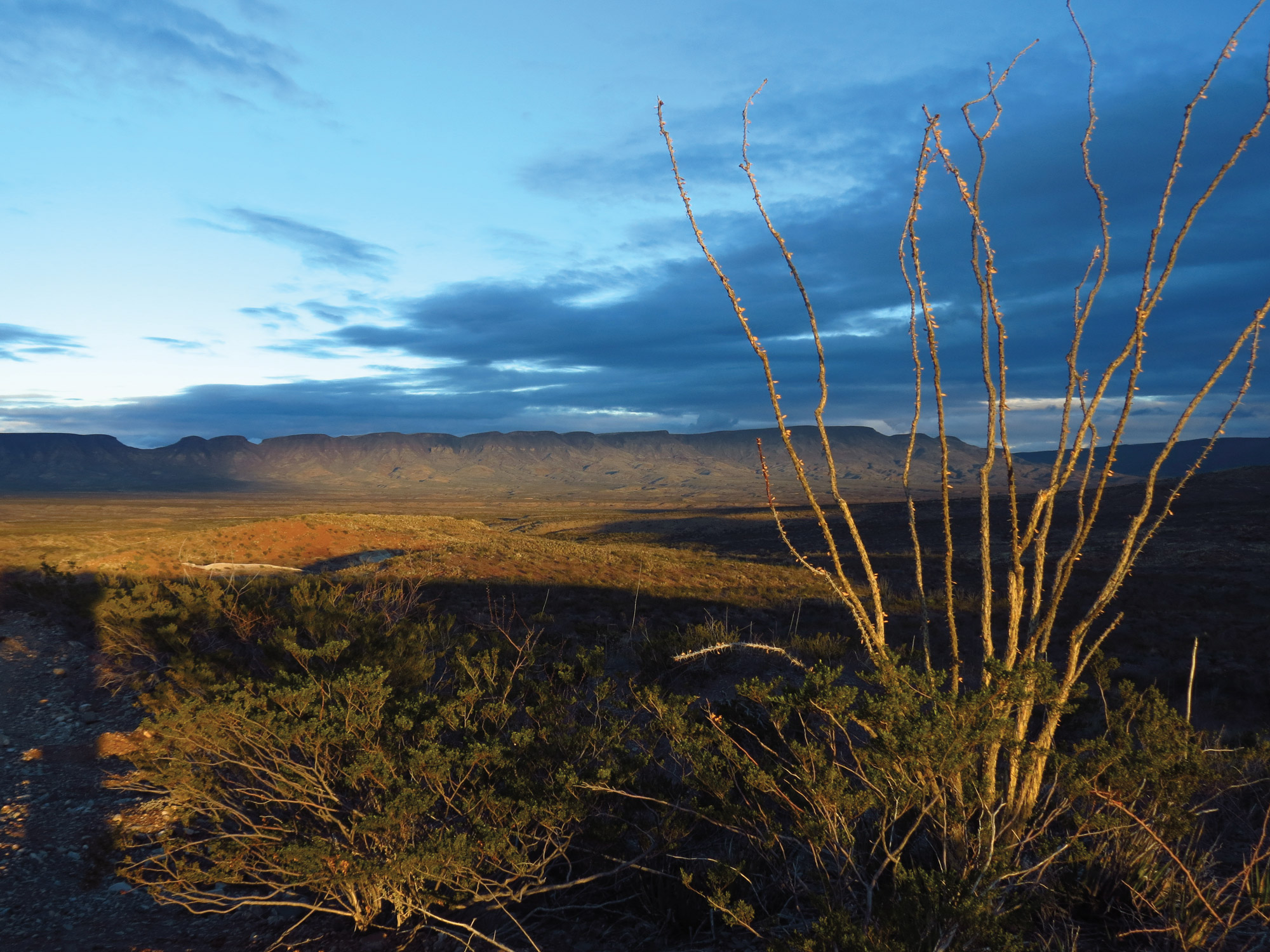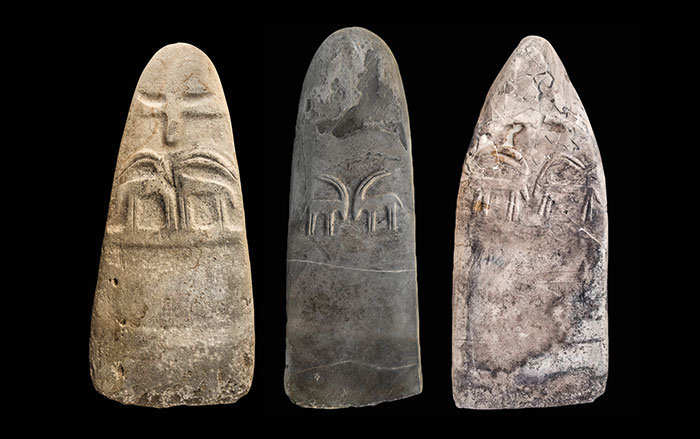WADI RUM, JORDAN—An inscription bearing the name of the Egyptian pharaoh Ramesses III was recently identified in the Wadi Rum Reserve in southern Jordan, according to an Artnet report. It is the first of its kind ever found in the area and has provided new insights into connections between Egypt and modern-day Jordan during the twelfth century b.c. Although Ramesses III is often considered one of the great rulers of the New Kingdom, he reigned from around 1184 to 1153 b.c., during a tumultuous period characterized by political instability in the surrounding regions and the invasions of foreign peoples. His royal cartouche, which was found etched into a mountainside in the remote wadi, was likely inscribed when Ramesses led his army through the Arabian Peninsula in order to stabilize strategic trade routes during this chaotic period and to maintain Egyptian access to important goods and commodities, especially copper, frankincense, and spices. “The cartouche supports the historical notion that Ramses III extended Egypt’s influence beyond its borders,” said Hashemite University archaeologist Ali Manaser. “Specifically, over the trade routes through the Arabian Peninsula.” For more on Ramesses' rule and the end of the last Egyptian colony, go to "Egypt's Final Redoubt in Canaan."



